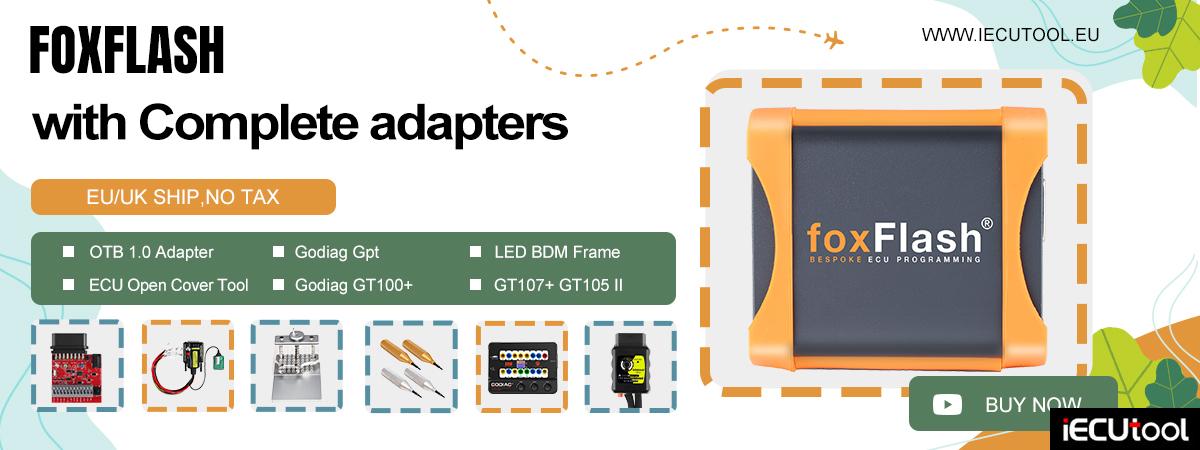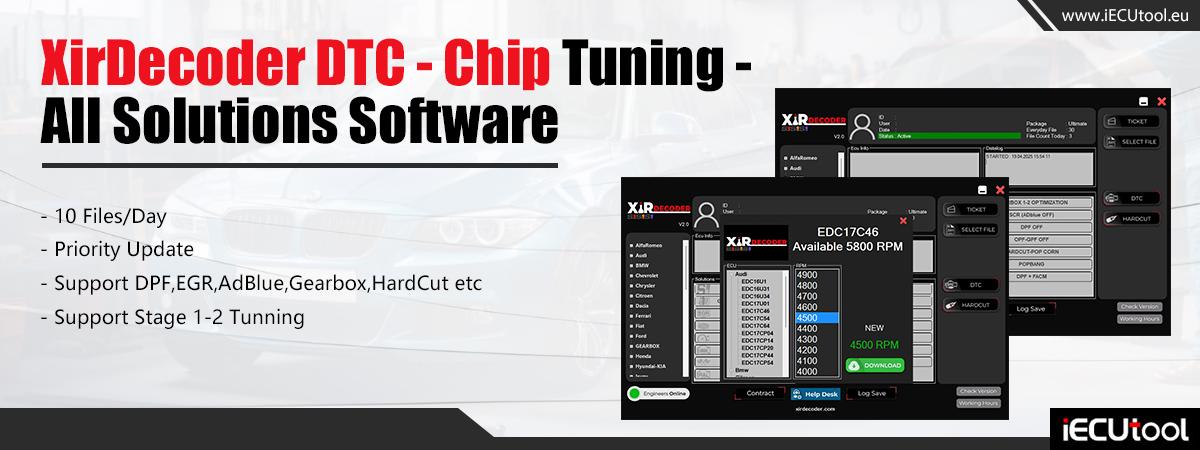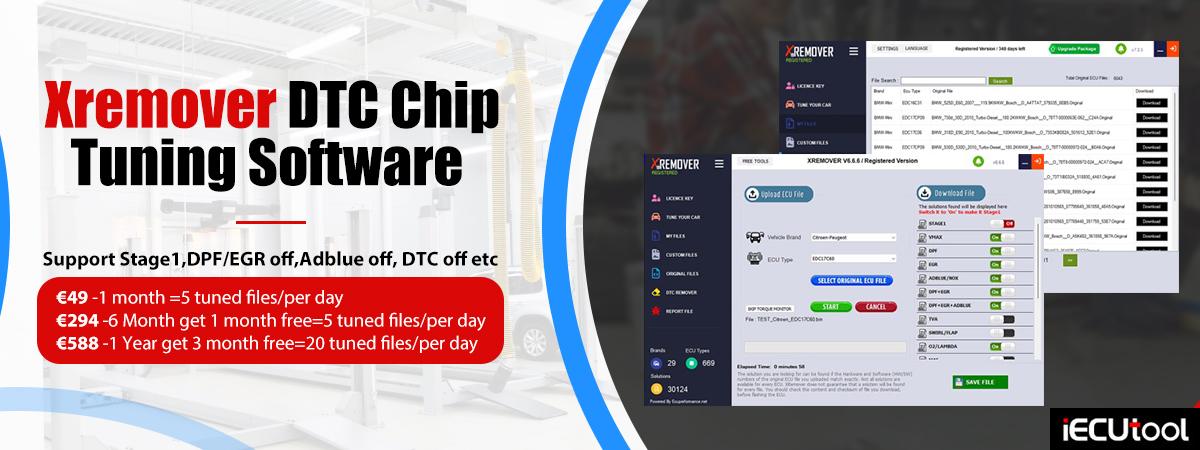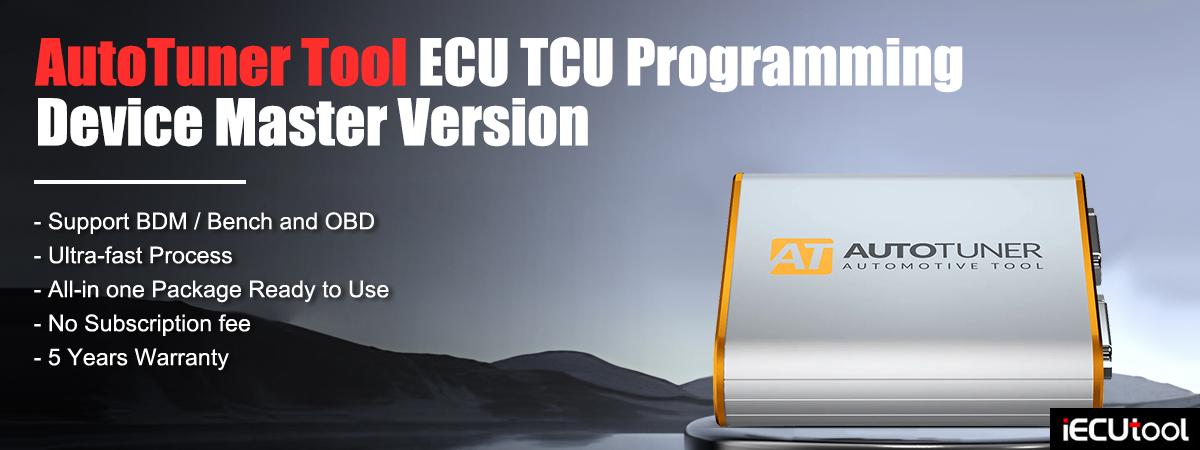bFlash and Autotuner are both professional ECU (Engine Control Unit) and TCU (Transmission Control Unit) reprogramming tools used in the automotive tuning industry. They enable reading, writing, and modifying firmware on vehicle control units via methods like OBD (On-Board Diagnostics), bench, and boot modes. These tools are primarily aimed at tuners, engine calibration engineers, and automotive professionals for performance enhancements, diagnostics, and repairs. Both support a wide range of modern vehicles (e.g., BMW, VAG, Mercedes) and are available in master (full editing capabilities) and slave/client (file sending to tuners) versions. However, they differ in features, usability, licensing, and specific strengths.
Key Differences:
Here’s a comparison based on their core functionalities, pricing model, user feedback, and technical capabilities:
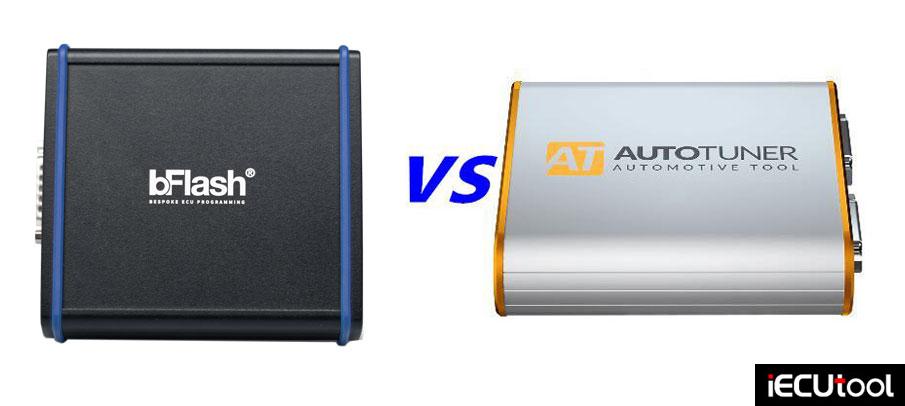
|
Aspect
|
bFlash Programmer
|
|
|---|---|---|
|
Primary Focus
|
All-in-one tool combining ECU/TCU flashing with advanced diagnostics, real-time data logging, CAN bus analysis, ECU emulation (bTrace for live tracking in WinOLS), and OEM-like features (e.g., S-CAN, FlexRay, SENT, LIN, PSI5, Ethernet). S
upports multi-method programming (OBD CAN, BDM, Boot, DoIP Ethernet, FlexRay, JTAG).
Designed for long-term future-proofing up to 2030 ECUs.
|
Universal ECU/TCU remapping tool focused on simple, fast read/write operations. Supports OBD and bench tuning in one device, with live data logging.
Emphasizes ease of use for Mercedes ECUs (e.g., EDC16 to MD1) and quick protocol releases.
Includes accessories for anti-tuning systems like Bosch ECUs.
|
|
Vehicle Coverage
|
Over 6,000 model/engine combinations, strong on European cars (BMW, VAG, Jaguar). Excels in new and “exotic” vehicles; faster updates for emerging ECUs.
Weaker on pre-2014 models (e.g., some Toyotas, Isuzus).
|
Broad coverage for modern vehicles, particularly strong on Mercedes and Bosch advanced ECUs (reads DFlash, EFlash, EEPROM 3x faster than competitors).
Not ideal for pre-2014 or certain older Asian vehicles.
|
|
Unique Features
|
– bTrace: Live ECU emulation via OBD for development (reduces tuning time by half).
– bCloud: Centralized file storage with direct WinOLS integration. – Automatic checksum/CVN correction, flash counter hiding.
– Hardware based on NXP MPC57xx MCU for ultra-fast data exchange. – Visualizer for WinOLS and network analysis.
|
– Intuitive, user-friendly interface (often described as “simple and interactive”).
– No need for file size adjustments in some ECM software (e.g., handles 2MB reads for 4MB ECUs).
– Built-in data logger (similar to bFlash’s but without emulation).
– Free lifetime updates and protocol releases.
|
|
Licensing
|
Requires annual subscriptions for protocols/updates, which can add ongoing costs. Includes options like BTrace module.
|
No subscription fees—lifetime access to updates and protocols, making it more cost-effective long-term.
Protocols are included without extra purchases.
|
|
Usability & Support
|
Highly praised for technical support and development speed (often “one step ahead”). Interface is feature-rich but can feel complex for beginners.
Excellent for R&D and pro-tuners.
Some users note limited OBD support for certain protocols.
|
Very intuitive and reliable (e.g., 200+ successful reads without failure reported).
Good for daily operations but less advanced for deep development.
Support is solid, but not as standout as bFlash’s.
|
|
Pros (User Feedback)
|
– Innovative features like emulation and logging make it versatile for complex jobs. – Best for new ECUs and European models. – Integrates well with tools like WinOLS for file editing.
|
– No recurring fees; straightforward for beginners or focused tuning (e.g., Mercedes).
– Fast and reliable on supported hardware.
– Complements other tools like Trasdata for broader coverage.
|
|
Cons (User Feedback)
|
– Subscription model increases long-term costs.
– Steeper learning curve due to advanced options.
– Coverage gaps on older vehicles.
|
– Lacks advanced emulation or network analysis.
– May require workarounds for file handling in some software (e.g., ECM).
– Slower on non-specialty ECUs compared to bFlash.
|
|
Best For
|
Professional tuners doing R&D, real-time tuning, or working on cutting-edge/newer vehicles. Ideal if you value innovation and support over simplicity.
|
Entry-to-mid-level tuners seeking a no-fuss, cost-stable tool for standard remapping, especially on Mercedes/Bosch ECUs. Great if avoiding subscriptions is key.
|
Additional Notes
Similarities:
bflash is almost the same like autotuner.
First new protocol have bflash second autotuner, get even the same car list. They release new protocols quickly and are often compared to competitors like MagicMotorsport FLEX, where bFlash edges out in innovation and Autotuner in affordability/simplicity.
Autotuner is only on original tool without subscription and has free support.
Users frequently own multiple tools, as no single one covers everything perfectly—e.g., pair Autotuner with FLEX for older ECUs.
Recommendation: Choice depends on your needs. If you’re starting out or focused on cost-free updates, go with Autotuner.
